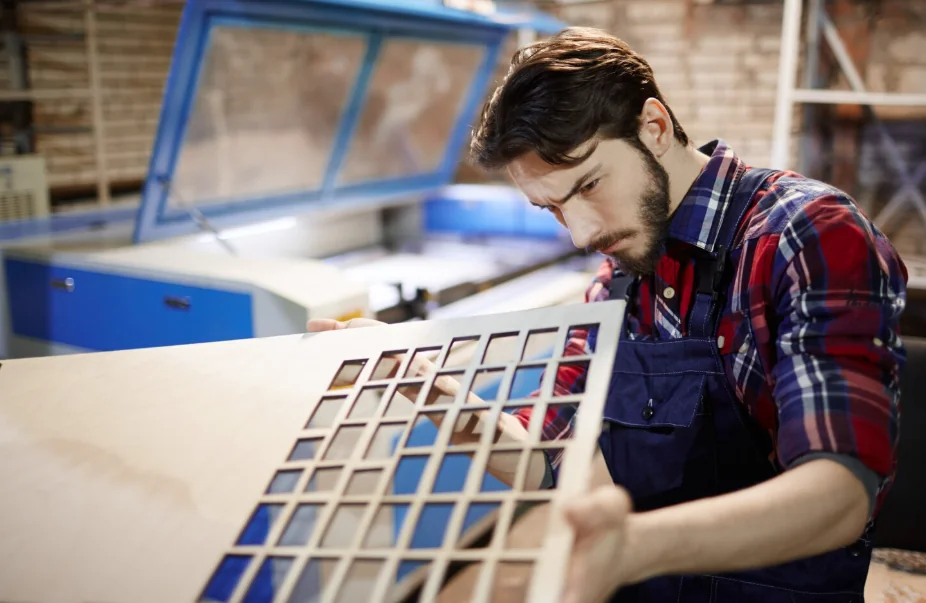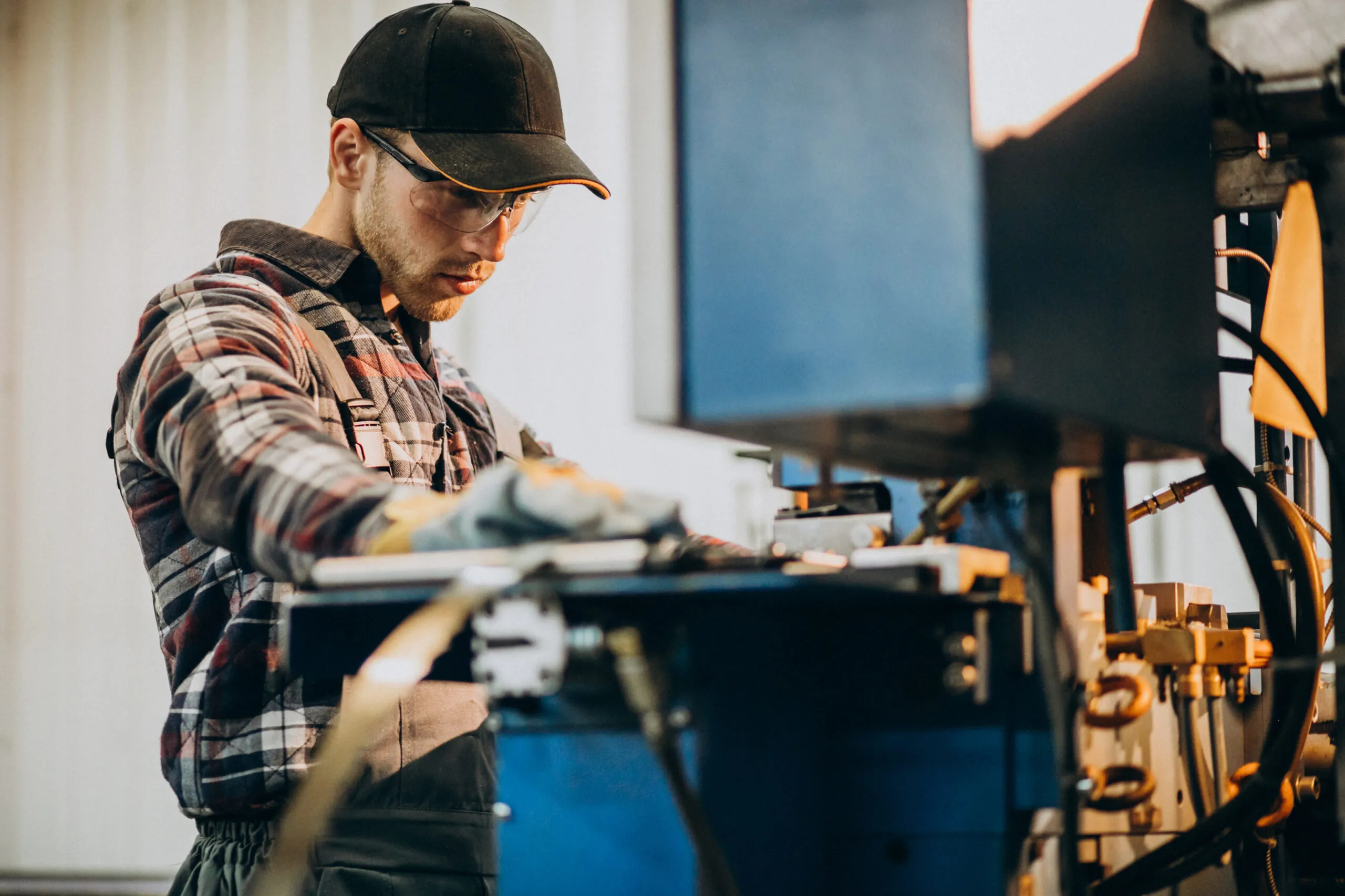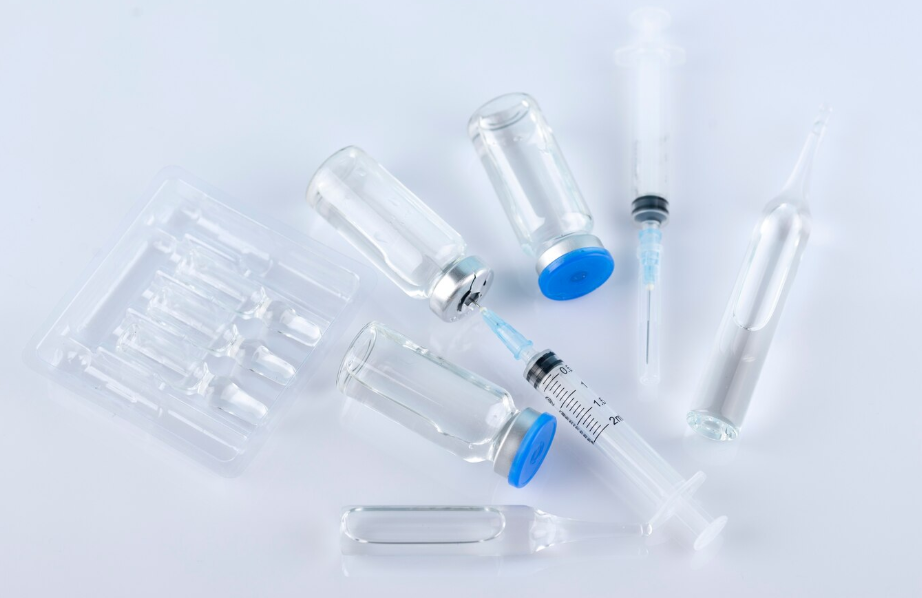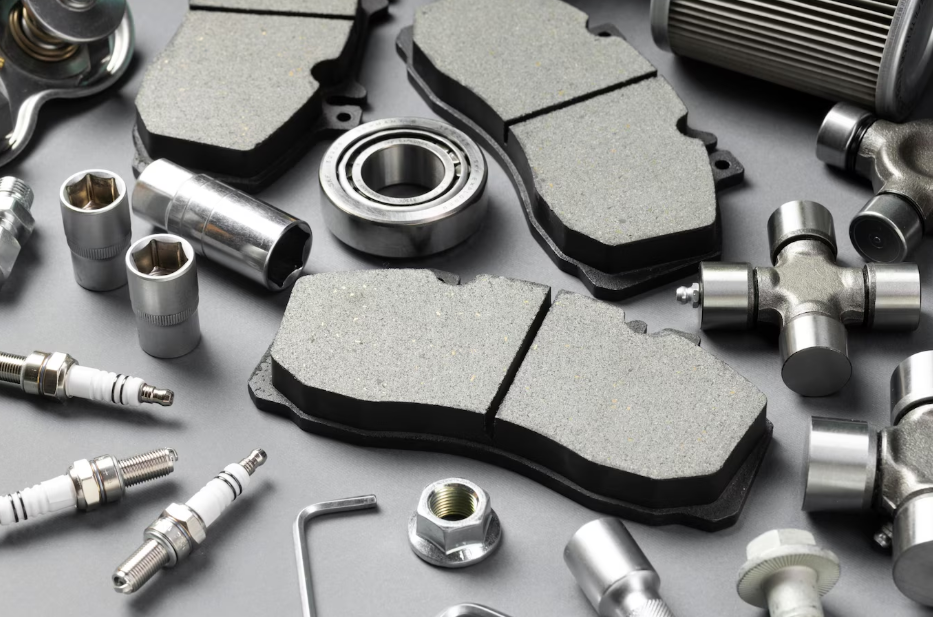Injection molding is very complex as it is. The industrialized process is easily managed these days with a lot of computer software and technology. That makes the work seem simpler and very drift away from the old crafting methods of the old days where casts were created manually. There is still a little part of plastic injection that has to be handled in the same way it’s been worked for a long time now.
We are referring of course to the cooling process needed to finish the process and obtain a finished product out of the molds. While there are a lot of coolants offered in the open market, most experts on plastic injection will tell you that the best coolant agent is chilled water.
Of course, is not as easy as taking tap water and using it to cool down every cast we make. Using water to cool down finished pieces is relatively inexpensive, but some conditions must be met before using the liquid on your mold casting project. On the next few lines we tell you some tips on what you need:
Table of Contents
ToggleGoing Filtered
The water used in an injection molding project needs to be treated and filtered to prevent the presence of impurities and contamination. That way we can avoid second-hand effects that might affect the finished product.
Managing Temperature
The water used in a casting mold process should be kept separated from the other water sources in your workshop, the tank storing the water destined to be used as coolant should be kept at 21°C at all moments and used on automatic feed where its required such as feed throats that deliver and receive the heated plastic.
Using Thermolators
Thermolators are a key component of the manufacturing process, each one of these devices is placed on all the valves working near the mold and the casts. They are the one that chills down the water or makes it go up in temperature as we need it.
Keeping it Chill
Chilled water is specifically used to cool down the tooling, and it’s channeled through the mold to remove the excessive heat from the finished product while this one is still in the mold. After each cast, the molds are boiling hot at 260°C and keeping the manufacturing process working as quick an effective as it should, the molds have to go down at least to 37°C before being injected with plastic again.
Learning the Requirements
As you can probably imagine not every single, assignment calls out for chilled water. Sometimes ice-cold water is needed depending on the material we are dealing with or the dimensions requested on the parts being crafted. If resins are being used is very likely that the water will need to be processed with additional chemicals besides a basic filtering process.
As you can probably gather by now, water is very useful is a plastic molding project, but to use it properly we need to study the effects it has on the material we are working with as well as the benefits it brings to the finished product in the long run.







